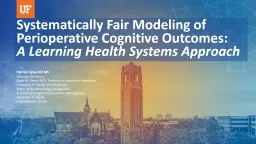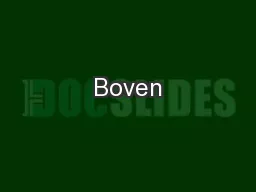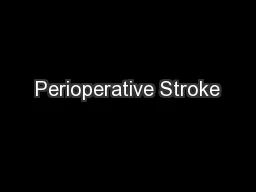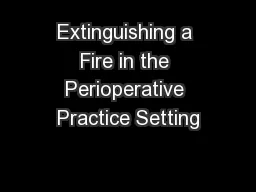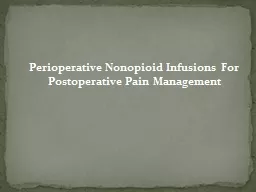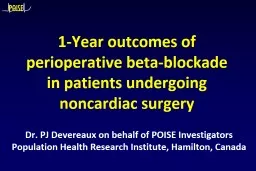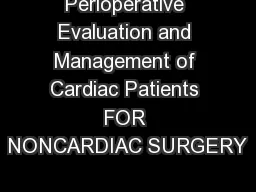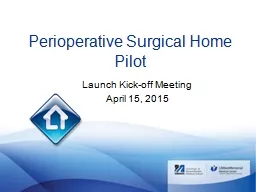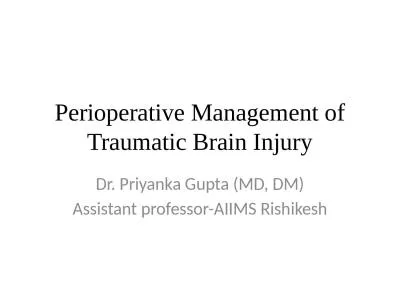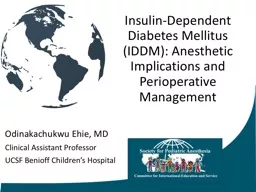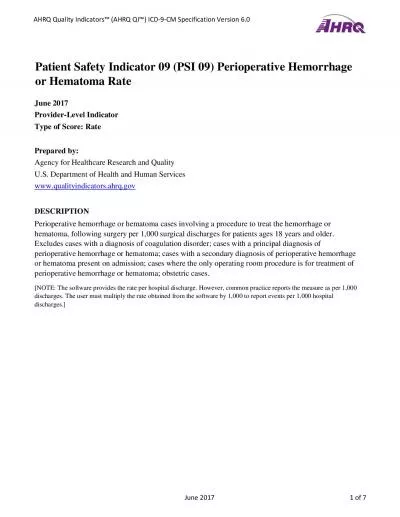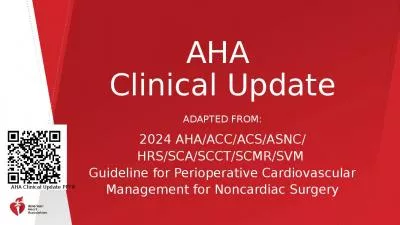PPT-Systematically Fair Modeling of Perioperative Cognitive Outcomes:
Author : ava | Published Date : 2021-12-06
A Learning Health Systems Approach Patrick Tighe MD MS Associate Professor Donn M Dennis MD Professor in Anesthetic Innovation University of Florida Term Professor
Presentation Embed Code
Download Presentation
Download Presentation The PPT/PDF document "Systematically Fair Modeling of Perioper..." is the property of its rightful owner. Permission is granted to download and print the materials on this website for personal, non-commercial use only, and to display it on your personal computer provided you do not modify the materials and that you retain all copyright notices contained in the materials. By downloading content from our website, you accept the terms of this agreement.
Systematically Fair Modeling of Perioperative Cognitive Outcomes:: Transcript
Download Rules Of Document
"Systematically Fair Modeling of Perioperative Cognitive Outcomes:"The content belongs to its owner. You may download and print it for personal use, without modification, and keep all copyright notices. By downloading, you agree to these terms.
Related Documents

